SAVARI
Universally, the imagery of a whip evokes the reality of violence throughout human history. The whip is inseparable from violence against slaves, dalits, women, animals and children. Almost all histories of protest against injustice, be it feminism, anti-slavery, anti-caste or anti-apartheid movements have protested and continue to protest the symbolic violence in imagery that uses instruments of violence such as the whip, noose or chains.
In recent weeks, an almost seamless coming together of Indian scholars, feminists and educators to defend and uphold a textbook cartoon with whipping as the central theme is perhaps one of the finest commentary on caste violence.
Caste violence is a broad handle for inter-operating kinds of violences that dalits and lower castes experience from those who are situated in the higher order. This violence that we are witnessing now comes from the most educationally qualified members of our society, largely upper caste, and Hindu. The cartoon defense by upper caste scholars and feminists has presented us an unique opportunity to tease apart a few distinct forms of violence including secular violence, punitive, verbal and visual violence, all of which coalesce together to construct the pedagogic violence that frames the textbooks and classrooms of this country.
Manifestation and depiction of Secular Violence
Dr Ambedkar was the chief architect, and the life and soul of the constitution making process. This cartoon depicts the violent imagery of a Congress politician taking a whip to Dr B R Ambedkar seated on a snail which is labeled as the Constitution. It is a clear visual representation of ‘secular violence’, which has its roots in the presentation of the Indian National Congress and the Nationalist movement as an unproblematic social organization and process, with which India gained freedom for the betterment and advance of all its ‘citizens.’ For instance, in the particular chapter in which the cartoon is placed, there is fulsome praise given to the ‘nationalist movement that had a remarkable ability to take along different sections’ and also to the Congress party, which was ‘such a diverse party that it managed to accommodate almost all shades of opinions within it.’ Similarly the diverse discussions that took place in the constituent assembly, where, as the text itself tells us, everything except universal suffrage was debated vehemently, are seen as a ‘tribute’ to what is termed as ‘public reason,’ which emphasized ‘discussion and reasoned argument.’ However, in the midst of all these celebrations of nationalism, Congress and public reason, there is not a single line about the crucial role that Ambedkar played in the framing of the constitution. The cartoon, which places the leadership on Nehru and not on Ambedkar adds the final touch to this act of silencing.
At this point it would be important to think of a significant question raised by Anoop Kumar, in a critical and informative article on the issue, ‘The Cartoon controversy: Inside the mind of one ‘fanatic’ Dalit‘, where he asks :
Would the accompanying text have the power to make students and teachers to overcome their casteist prejudices against Dr Ambedkar while trying to make sense of the cartoonist’s quite critical gaze on the constitution making process?
Surely, this cartoon and text do not come anywhere near in overcoming casteist prejudices in classrooms, as their main thrust is in silencing Ambedkar’s achievements with regard to the constitution. Though Yogendra Yadav and others keep pointing out to other texts in the series, where Ambedkar is celebrated and Ambedkar’s conflict with Gandhi is discussed, how does it redeem this cartoon and the text that accompanies it? For what we have here are tributes to the nationalist movement and the Congress and ‘public reason’ along side which you are shown an Ambedkar, who is slow and snail-like in fulfilling the rational and secular, Congress/Nehruvian nationalist dream.
What such a nationalist narrative, which all Indian textbooks (including the one in question) cannot avoid are two important facts. One, various Dalitbahujan movements that came up all over in the colonial era were extremely focused on social change that questioned the caste structure. Given this, most of these movements were either opposed to or indifferent to Swaraj or nationalism. Two, nationalism as it was well recognized by most dalitbahujan intellectuals was the political tool of the upper castes to take over power from the British, and away from the rising voices of the majority of dalitbahujans.
Ambedkar himself was constantly and directly in confrontation with nationalist figures like Gandhi, whom he publicly and vehemently opposed, in order to find minimal space for Dalits and the other marginalized in the scheme of the new nation. Such a conflict marked the making of the constitution where Ambedkar had to fight all those elements who were constantly trying to frame the constitution within a Brahminical caste ideology. A good example of this would be the attempt by certain members in the Constituent Assembly to introduce ‘cow protection’ as a Fundamental right!! Single handedly, Ambedkar managed to avoid this and move it into the Directive Principles of State Policy, after taking away its initial Hindu religious overtones. It is such conflicts that delayed the making of the constitution. As Gail Omvedt puts it:
Whatever time required for dealing with the Constitution was due to the conservative and fundamentalist nature of the political leaders, the representatives of various upper castes and established classes, and of various religious groups…
However, in the dominant narrative of this nation, all these inner conflicts, histories and facts are silenced and what we are always presented with is the secular figure of Jawaharlal Nehru orchestrating various traditional and communitarian forces trying to give birth to a free and democratic nation. The secular violence of this narrative has worked most effectively to push the issue of caste under the carpet of the modern nation and replace Ambedkar with other brahminical upper caste figures as the real upholders of freedom, dignity and what not.
Shankar’s cartoon is deeply embedded in this secular violence, as he also totally silences the caste history of the struggle that Ambedkar had to face in finalizing the constitution. Not only so, after this silencing (something that the text book in which the cartoon was used also reproduces) he also grants leadership to Nehru in the making of the constitution and provides him with a whip to reprimand Ambedkar, for being slow and snail-like!! This as mentioned before, not only employs the violent imagery of the whip, but it also hides Ambedkar’s immense initiative in creating the Indian constitution. It also furthers the nationalist narrative that it was the secular Congress and their nationalist leaders and movements that created the constitution and its democratic framework for all of us.
The use of Shanker’s cartoon in the text book, the dalit protest and the outrage that has been pouring out from the largely upper caste academicians and public intellectuals brings out yet another aspect of Secular Violence. Modern ideology thinks or believes that there is a very democratic public sphere, where ‘public reason’ prevails and where debate and reason can take place smoothly. In spite of this a vast majority of the ‘public’ is left out of the public space and has no voice or influence over it. A very good example of this would be the National media, where as recent statistics tell us, there is zero percent representation of the Dalits and minimal representation of OBCs and Muslims. Yet, whenever there is a questioning of the public space by those who are never given an entry into it, which is by the very people who are outside it, immediately democracy is seen as threatened.
Ideas about secularism, reason, debate and the public space are suddenly brought up all over again and used against the voices that are actually trying to build democracy by finding a space for themselves. They are all branded as undemocratic. As one of the ridiculous petitions on this issue, ‘In Defense of Critical Pedagogy‘ by certain upper caste intellectuals puts it:
Only in non-democratic countries is there a fear of cartoons
This is a clear reference to the huge uproar in the West over the cartoons that violently depicted the Prophet Muhammad in an extremely bad light. This issue has already been debated by many prominent academics like Judith Butler, Wendy Brown, Talal Asad and Saba Mahmood. They all tried to bring out the secular violence in this issue. How the response and anger against the protests were termed undemocratic and how there was no recognition of the violence in the cartoons, which was excused in the name of free speech. Similarly, in this issue too the protest against the violence in the cartoon is being characterized as violent, and as a threat to free speech, from a very secular perspective of what constitutes free speech and violence.
Punitive symbolism and cultural memory
While defending the cartoon, scholar after scholar emphasizes the pedagogic value of cartoons, without as much as a pause on the punitive violence graphically displayed in this particular cartoon, inserted into the curriculum to be received as a natural lesson. It goes unnoticed that the objection from the dalitbahujan is to this particular cartoon and not to cartoons as a pedagogic device. Let us shine the light on the educators who evaluated this cartoon, subjected it to discussions and find it ‘harmless’, ‘thought provoking’, with the potential of getting students to think critically. Now let’s step out of the context of political personalities in the cartoon and view it. What do we see?
The infliction of violence by one human on another human.
One wonders what kind of ethics and morals inform the imagination of such educators who did not then, and even now debate the pedagogic implications of depicting punitive violence in response to ‘tardiness’ in the execution of a task?
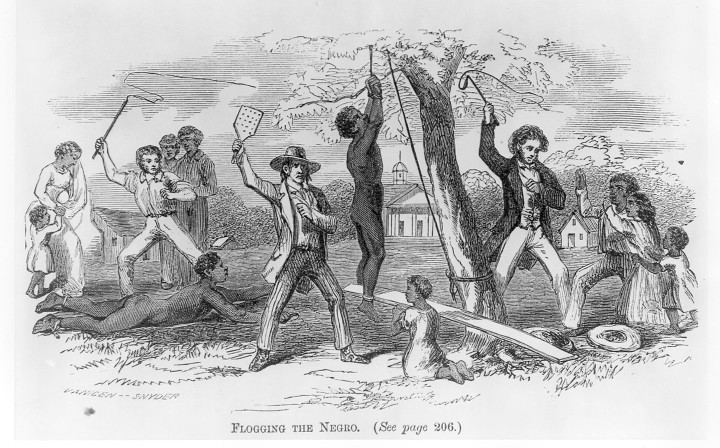
In the context of punitive violence linked to labor, would it be possible that none of the cartoon defenders are even remotely influenced by the works of Marx, Foucault and other thinkers? Would it be possible that this group of vociferous adults have not been affected by the transformational power of civil rights and anti-apartheid movements? Do they believe that a re-emergence of symbols of slavery or apartheid would be considered as educational, in any context? Would it also be possible that they all remain untouched by the intense struggles of feminism against the normalization of violent imagery? Can the answer be anything but no to all to these questions, or are we witnessing a demonstration of collective intellectual dishonesty?

We are being encouraged to have a sense of humor; we are patronizingly told that cartoons are meant to evoke humor and critical reasoning. It would appear as though cartoons have not been deployed for the same purposes by Dalitbahujan, again this is a happy display of arrogance and ignorance combined with respect to the dalitbahujan sphere. We are also informed that it is a laughing matter, and they remind us that Ambedkar thought so little of it that he did not even comment on it (is that a valid argument to insert it into school curriculum?).
As prominent academics should very well know, cartoons like any other representation are loaded with ideology and can never be seen as innocent vehicles of free thought and speech and critical thinking. Shankar and Laxman were upper caste cartoonists, promoted by the same media and party that has kept alive caste oppression in this country. Surely, they can be used in text books as a pedagogical tool and students can be trained to think critically about them. However, one wonders where the critical thinking abilities of the academics have departed to when they point blank refuse to see the many layers of politics and power that go into the making of any visual representation including cartoons? In the name of critical thinking, they are attacking the extremely significant intervention and critical political reasoning of some of the most marginalized people in this country.
An impressive aspect of the Ambedkarite movement is the amazingly rich collection of visual material on Ambedkar. Photographic images of Ambedkar, recording him in action as he went about his mission of transforming society is a carefully curated, earnestly sought and freely distributed visual legacy of the dalitbahujan. This visual history runs parallel to the Ambekarite textual history in terms of dalitbahujan politics seeing in him a symbol of solidarity, a towering intellectual, an icon of anti-caste assertions, an universal symbol of emancipation of the most oppressed. These photographs have in turn inspired a continuous proliferation of artwork across the length and breadth of India. From social media to small town bookshops to village fairs, the cultural memory of Ambedkar’s legacy is as strongly influenced by the visual as it is by the textual. From this vast visual treasure, Shankar’s decidedly unfunny depiction makes it to the textbooks. How utterly fascinating!!
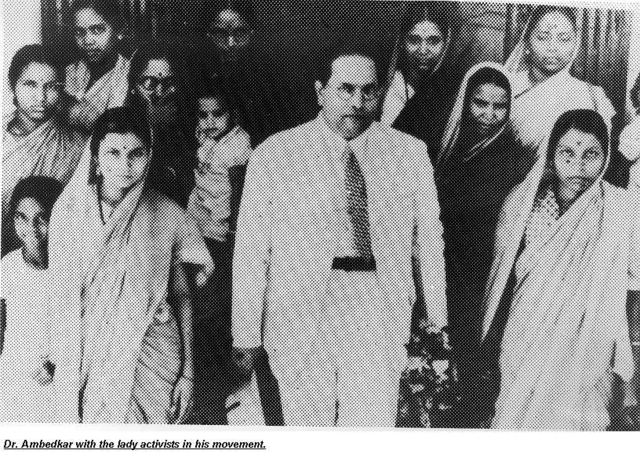
The cartoon debate has produced one single clarification: anti-caste assertions are completely antagonistic to the present day upper caste academics and feminists’ grasp of reality.
Dalitbahujan politics is committed to carrying forward Ambedkar’s vision of transformation of an unequal society into an equal, just and peaceful one. And protesting against mindless and mindful violence either symbolically or in reality is and always has been central to our struggle.
—–
To view a small portion of the visual legacy of Dr Ambedkar’s life and work please visit Ambedkar.org
Other images courtesy of Internet.
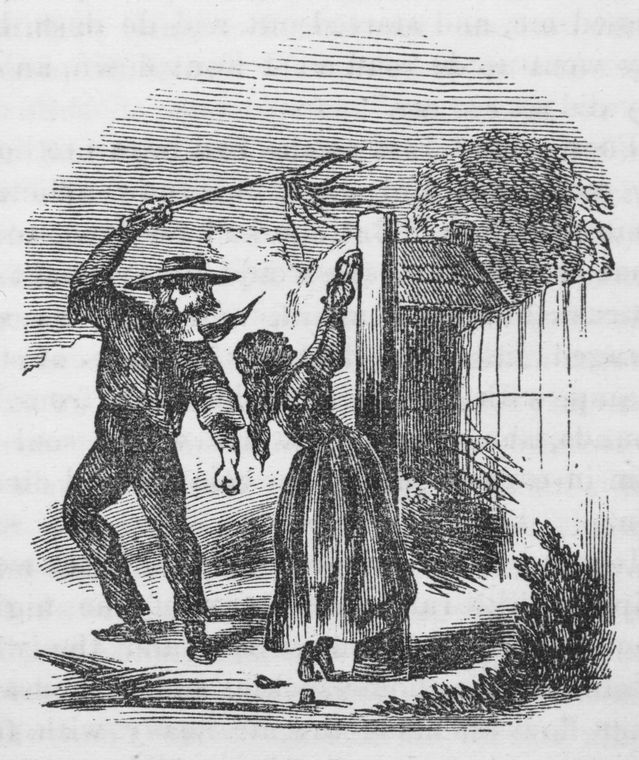

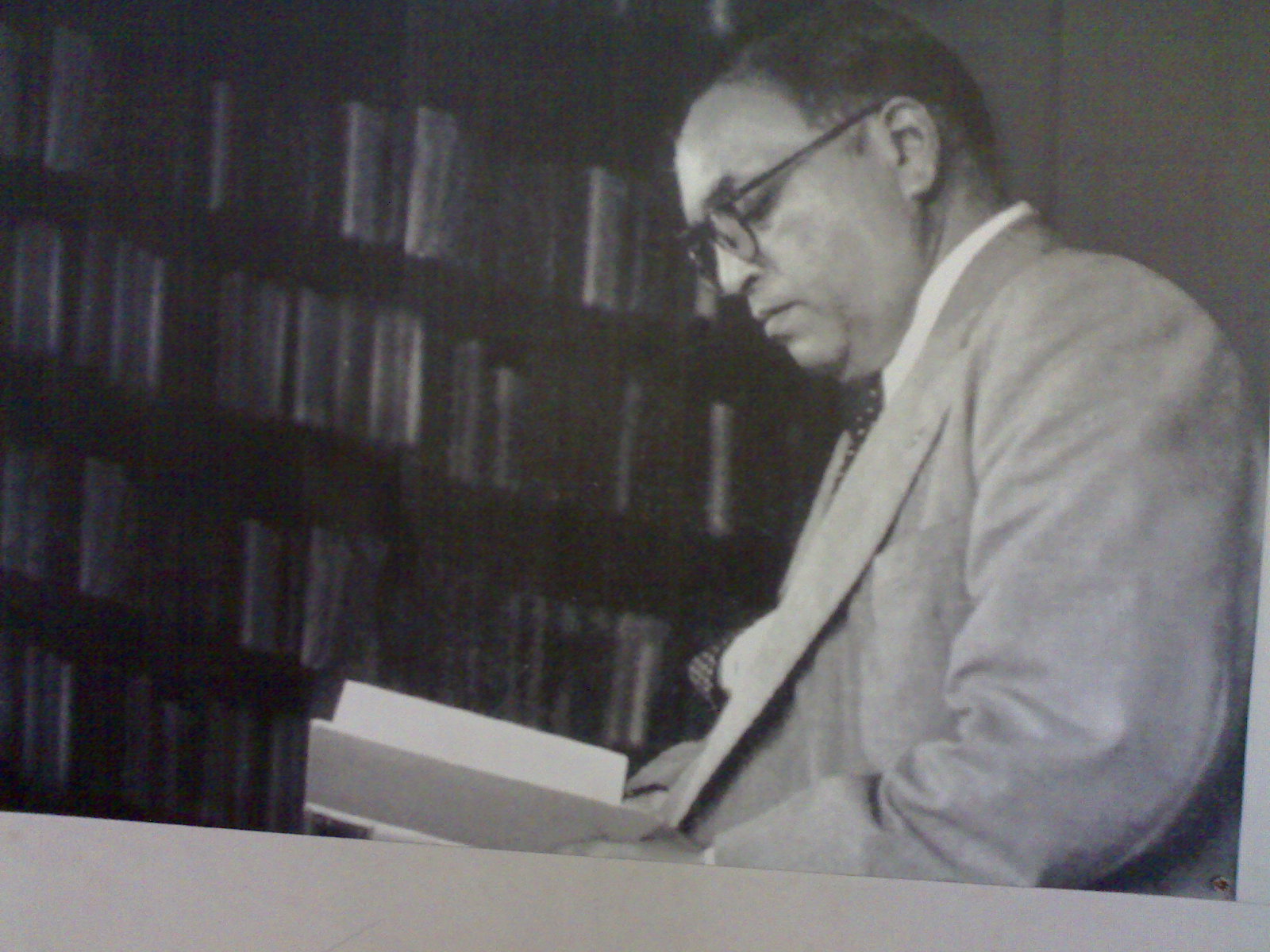
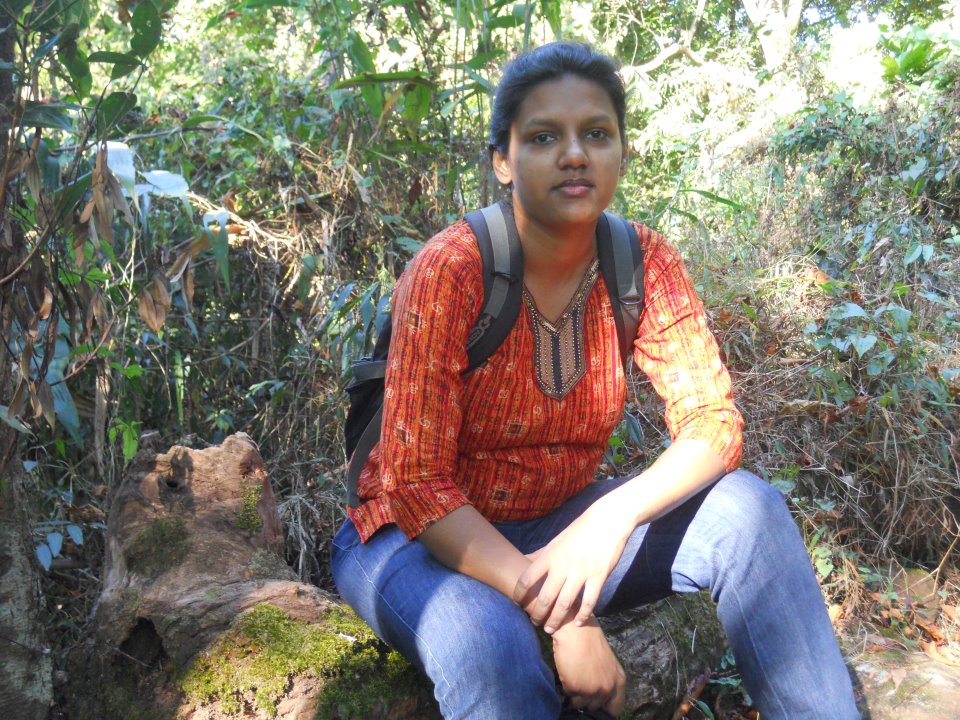
how could anyone ever compare dr ambedkar to prophet mohammed, on one hand you have a rational , modern, brilliant man and the other guy well is exactly on the opposite end of the spectrum? what i think is ncert cartoon row and Jyllands-Posten Muhammad cartoons controversy are completely different issues and if possible please provide the links to those above mentioned debate(s)
A very well written article and intense in arguments. In fact, it exhibits human sensitivity, exposes intellectual dishonesty and underpins secular violence that is used in name of freedom of expression to regiment minds of the oppressed. However, there are some important issues that need to be highlighted to retain critical elements of the article:
1) this text was authored by suhas palshikar (known socialist brahmin otherwise) and yogendra yadav (known lohiate and a yadav), so what stops you from calling this act of violence as ‘savarna violence’
2) what is dalit-bahujan? it is already stated and a set discourse set by BAMCEF, it is bahujan!!!
Just wondering what you think – Babasaheb also hold a whip over the snail labelled Constituent Assembly (which was full of upper caste men), and he is in fact seated on the Constituent Assembly snail, in control over it and trying to get it to move faster.
Since you raise the issue of the many layers in any visual representation…is the reference to the American slave south in your post only applicable to nehru’s whip?
Also surprised that you quote one line from Anoop Kumar’s complex ruminations on this issue to bolster your own simplisitc understanding. Anybody who reads his full post will be able to see that he is not taking the stand that you are.
“Upper caste academics and feminists” should certainly be attacked without mercy, but what do you say to Gopal Guru, Harish Wankhede and D Ravikumar who do not fall into your basic and simplistic picture?
Excellent! More than the intellectual dishonesty of those who defended the cartoon, this article shows the limitations of a kind of intellectual process..a process that is very strait-jacketed in terms of the way arguments are developed within the ambit of left-liberal discourse these days and which in so far as the Dalit Question is concerned is characterized by a sympathy, but little empathy. Three very important points that this piece brings out are
1. The legitimization of whip, even if it is just as an instrument of humor, by defenders of equality.
2. That the ‘slowness’ of the process was due to the need for Ambedkar to wage a relentless struggle against the largely upper-caste interest groups (within the constituent assembly?)..which would otherwise have given India a constitution that was loaded with the prejudices of secular (& non-secular) upper caste.This is a very important contribution to the entire debate…that has been missing so far.
3. That cartoons, apart from the humor they evoke, are also ideological tools that like everything else would be informed by the ideology and biases of the cartoonist (even that of the arguably progressive, secular and enlightened ones like Shankar!).
Whoever has written this, congratulations! this is a fine pieces which has also shown me my own intellectual laziness (if not dishonesty) in thinking about this entire debate.
i have been participating and following debate on the cartoon controversy very closely. my own position on the controversy has been ambivalent- on the one hand i felt NCERT textbook committee could have been more sensitive in the choice of the cartoons and on the other hand i was also unhappy about the use of violence on the part of one dalit group, particularly because the form was very akin to the form used by right wing.
this posting has been one of the best pieces i have read on the controversy and i would it has clarified to me some of my confusions and helped me arrive at a well thought out position on the issue. thank you for taking time out to write such a convincing piece. i wish it is made available to a larger section. i got to see it on a listserve that i am member of. it is important that this piece reaches ‘the public domain’.
jayasree
[…] Whipping up ‘critical pedagogy’: Uncritical defense of NCERT’s violence […]
a small point first – the point about Shankar and Laxman being upper-caste cartoonists is in my opinion in bad taste and weakens the overall strength of the argument…..the fine line between what is brahminical and who the brahmins are needs to be maintained and emphasized …. but identity politics tends to typically conflate the two.
also i think the author paints an entirely too rosy picture of the ‘dalitbahujan’ movement as being “committed to carrying forward Ambedkar’s vision of transformation of an unequal society into an equal, just and peaceful one”….
i for one do not see any evidence of this. The strongest faction of the movement in Maharashtra for example is actively participating in collaboration with the most strongly casteist sections of the Indian polity (the Sena-BJP alliance). In other states, the question of identity has superseded any meaningful movement towards resolution of problems actually faced by the dalits – the question of land reforms for example is not on the agenda of any dalit group, BSP included. Now it is one thing to say that there is a reason for the degeneration of Dalit politics as all other politics in the country, and one cannot solely malign the Dalit movement for this nor hold it solely responsible. This I agree with. It is completely another to say that the Dalit movement continues to fight to further Ambedkar’s legacy. That in my opinion is intellectual and political dishonesty.
it is entirely possible to justify the opposition to the cartoon in question, as demonstrated quite well by the author of this article, but given the state of the Dalit movement in particular and the entire progressive movement for equality in general, it is difficult to believe that this particular protest is anything but diversionary.
I find it deeply troubling that some Dalit critiques of Shankar’s Nehru-Ambedkar cartoon completely invisibilize the whip in Dr. Ambedkar’s own hand, while they chastise Shankar, Nehru, the NCERT, the Congress, and anyone who disagrees with their point of view as being “casteist”. Why silence Dr. Ambedkar’s own whip in that cartoon? Is it’s position in such a “casteist” cartoon so subaltern that it cannot speak?
Also the veiled character assassinations of the scores of academics who collaborated to produce the new textbooks in the form of the supposedly innocent questions you pose here is shameful, underhanded and mischievous! I am thankful to have taken classes with some of these academics, and yes, they read and appreciate Foucault and Marx, and are part of movements against racism, casteism, misogyny and homophobia.
By the way, don’t you find it completely uncritical to a-historically assign the image and meaning of the whip as “universal”? I find it curious that all your images of the oppression of the whip come from the particular experience of plantation slaves in the antebellum American South. Do you only use such “universalist” images and contexts when it suits your case, or also in other contexts where riding a snail might be a sign of a positive “Slow and steady wins the race”?
[…] http://www.dalitweb.org/?p=612 ; Whipping up ‘critical pedagogy’: Uncritical defense of NCERT’s violence; Savari […]
I have a problem with the absolute certainty with which it is observed that it is Babasaheb Ambedkar that is being whipped by Nehru. The cartoon is ambiguous and an interpretation could be that, both Ambedkar and Nehru are whipping the snail together. The reason that Ambedkar sits on the snail is because he was the chairman of the drafting committee. All I am saying is that the whole assumption therefore is suspect.